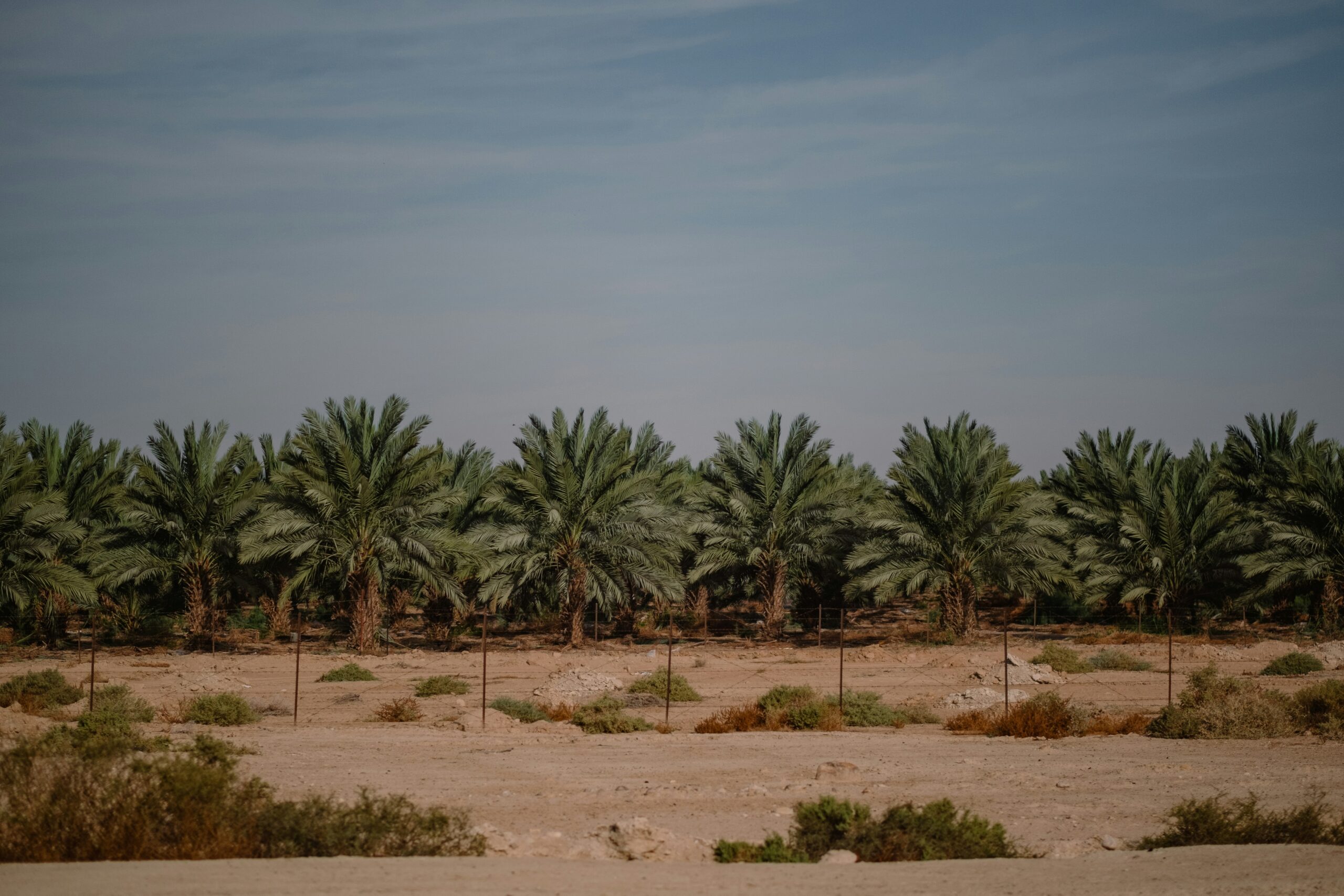Introduction
The Palestinian Territories, located in the Middle East, encompass the West Bank and the Gaza Strip. This region holds significant historical and cultural importance, making it a fascinating destination for visitors. This guide aims to provide accurate and useful information to help you plan your visit, stay, work, study, or do business in the Palestinian Territories.
Location and Surface Area
The Palestinian Territories are situated in the eastern part of the Mediterranean coast. The West Bank shares borders with Israel and Jordan, while the Gaza Strip is bordered by Israel and Egypt. The total surface area of the Palestinian Territories is approximately 6,220 square kilometers.
Climate
The climate in the Palestinian Territories is Mediterranean, characterized by hot and dry summers and mild winters. The coastal areas experience more moderate temperatures, while inland regions can be hotter and drier. It is advisable to visit during spring or autumn when the weather is pleasant.
Fauna and Flora
The Palestinian Territories boast a diverse range of flora and fauna. The region is home to various animal species, including gazelles, foxes, and birds. The landscapes feature olive groves, citrus orchards, and vibrant wildflowers. Nature enthusiasts will find ample opportunities for birdwatching, hiking, and exploring the natural beauty of the area.
Attractions
The Palestinian Territories offer a wealth of attractions for visitors. From historical sites like the ancient city of Jericho and the Church of the Nativity in Bethlehem to the vibrant markets of Nablus and the stunning landscapes of the Dead Sea, there is something for everyone. The cultural heritage, archaeological sites, and traditional Palestinian cuisine make for a rich and memorable experience.
Population
The population of the Palestinian Territories is approximately 5 million people. The majority of the population is Palestinian Arab, with a diverse mix of religious and ethnic backgrounds. The cities and towns are vibrant and bustling, offering a glimpse into the daily lives of the residents.
Currency
The official currency of the Palestinian Territories is the Israeli Shekel (ILS). However, the Jordanian Dinar (JOD) is also widely accepted. It is advisable to carry local currency for convenience, as credit cards may not be accepted in all places.
Visa
Visitors to the Palestinian Territories may require a visa depending on their nationality. It is recommended to check with the relevant authorities or consult the nearest Palestinian embassy or consulate for up-to-date visa requirements. Entry permits can be obtained at border crossings or airports.
Official Languages
The official languages of the Palestinian Territories are Arabic and Hebrew. English is also widely spoken, especially in tourist areas and business settings. Communication should not be a major barrier for visitors.
Culture and Customs
The Palestinian culture is deeply rooted in Arab traditions and Islamic heritage. Visitors are encouraged to respect local customs and traditions. Modest attire is appreciated, especially when visiting religious sites. It is customary to greet people with a handshake and to accept offers of tea or coffee as a sign of hospitality.
Hospitality
The Palestinian people are known for their warm hospitality and generosity. Visitors will often find themselves welcomed with open arms and offered traditional Palestinian dishes. Engaging with locals and experiencing their hospitality is an essential part of the Palestinian cultural experience.
Main Cities
The Palestinian Territories are home to several vibrant cities, each with its own unique character. Some of the main cities include:
- Jerusalem
- Bethlehem
- Ramallah
- Gaza City
- Hebron
- Nablus
Airports and Airlines
The Palestinian Territories have several airports that serve domestic and international flights. The main airports include:
- Ben Gurion International Airport (Israel)
- Queen Alia International Airport (Jordan)
- Rafah Border Crossing (Egypt)
Various airlines operate flights to and from these airports, providing convenient access to the Palestinian Territories.
Conclusion
Whether you are interested in exploring historical sites, immersing yourself in vibrant cultures, or experiencing warm hospitality, the Palestinian Territories have much to offer. With its rich history, diverse landscapes, and welcoming people, this region is an ideal destination for visitors looking for an authentic and memorable experience.

